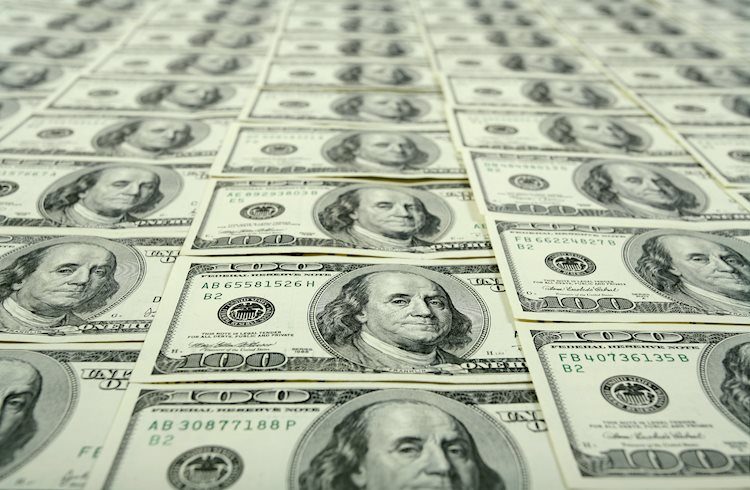The US Dollar experienced a significant drop following the release of Ipsos polls that showed Vice President Kamala Harris leading the US presidential race against former President Donald Trump. The currency opened weaker in Asia after the final polls showed Harris leading 49% to 46%. Additionally, The New York Times reported that Harris was ahead in five of the seven swing states that will determine the election outcome. The US Dollar index slid below 104.00 as traders prepare for a volatile week driven by the upcoming Fed meeting and the presidential election.
The US economic calendar plays a crucial role in determining the US Dollar’s performance, with the Senior Loan Officer Opinion Survey (SLOOS) for the third quarter scheduled for release. This report provides insights into loan conditions, supply, and demand in the US economy, serving as a leading indicator of future economic trends. Traders are closely monitoring these indicators to anticipate future market movements and adjust their trading strategies accordingly.
The US Dollar Index Technical Analysis indicates that the currency is expected to face heightened volatility in the coming week. Traders are advised to exercise caution and prepare for significant price swings, especially in the days following the election. Key levels to watch include 102.11 on the downside and 105.53 on the upside. The DXY needs to regain control of key levels, such as the 200-day Simple Moving Average at 103.84, in order to potentially recover towards higher levels.
The US Dollar is the most traded currency globally, accounting for a significant portion of foreign exchange turnover. The value of the USD is influenced by monetary policy decisions made by the Federal Reserve (Fed). The Fed’s primary objectives are to achieve price stability and full employment through adjustments in interest rates. Inflation rates and the Unemployment Rate play a significant role in determining Fed’s policy decisions and consequently impact the value of the US Dollar.
In extreme situations, the Federal Reserve may implement quantitative easing (QE) to stimulate the economy by increasing the flow of credit. This non-standard policy measure involves the Fed printing more Dollars to buy US government bonds, which can lead to a weaker US Dollar. On the contrary, quantitative tightening (QT) involves the Fed reducing bond purchases, which can have a positive impact on the US Dollar. Traders closely monitor these policy measures and economic indicators to anticipate shifts in the US Dollar’s value.
Overall, the US Dollar’s performance is influenced by a combination of factors, including economic indicators, monetary policy decisions, and political developments. Traders must stay informed of these factors and adjust their strategies accordingly to navigate the volatile currency markets successfully. As the US presidential election approaches, market participants are preparing for potential fluctuations in the US Dollar’s value based on the outcome of the election and subsequent policy implications.










